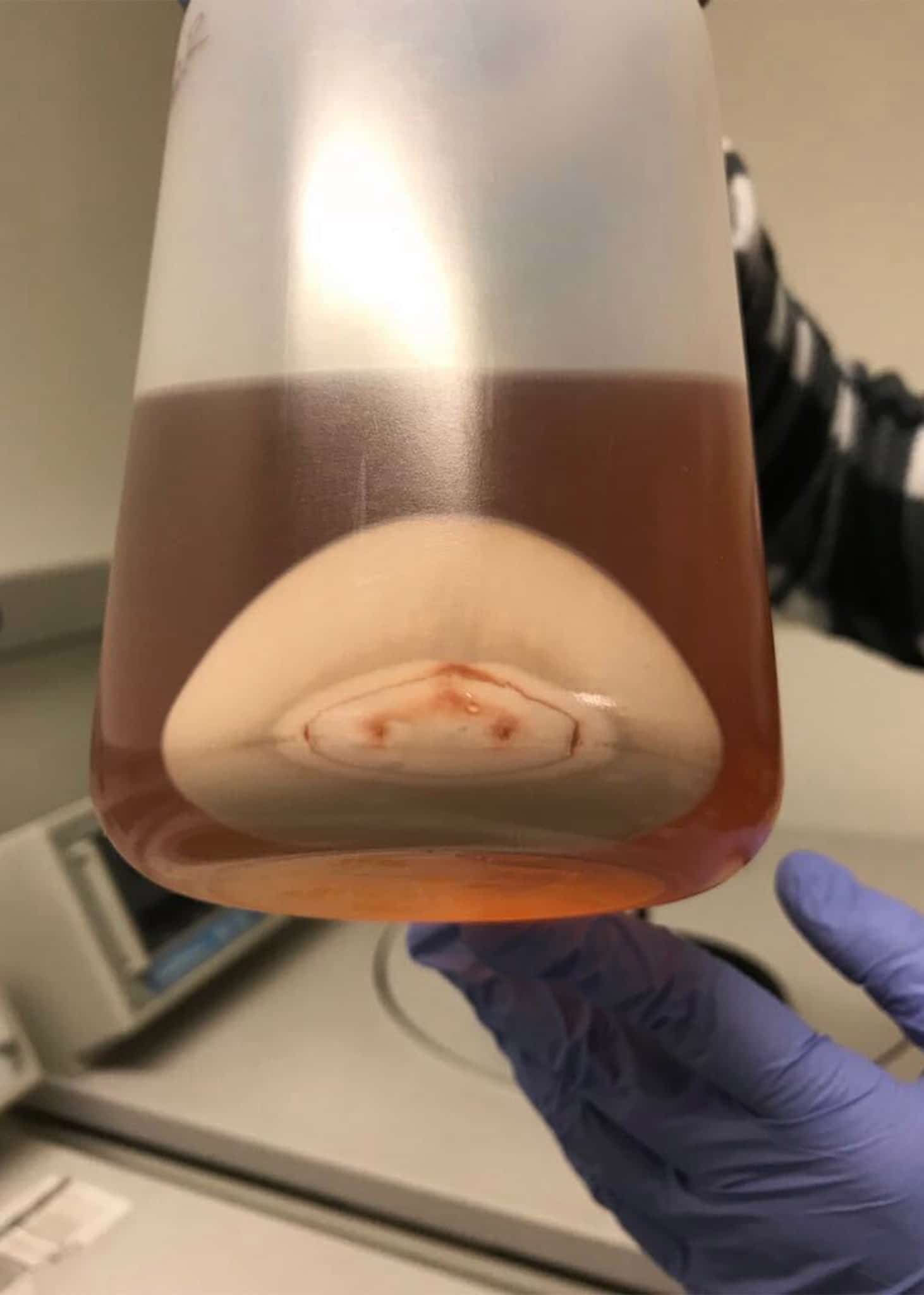CDC appraises that every year 48 million people become ill from the foodborne disease, 128,000 are hospitalized, and 3,000 die.
This public health problem calls for an urgent requirement to rapidly and accurately determine the sources of foodborne illnesses.
However, the task of tracing the exact origin of contaminated items can be difficult. But not anymore, because scientists from the Harvard Medical School (HMS) have come up with a solution to this problem.
They have developed a DNA-barcoded microbial spores system that can be used to label objects in an inexpensive, scalable, and reliable manner. This new system is capable of determining the origin of objects, agricultural products.
Scientists obtained the spores from baker’s yeast and a common bacterial strain used in a wide variety of applications, such as probiotic dietary supplements, and designed to be incapable of growing in the wild to prevent adverse ecological effects. They then added a small DNA sequence to amplify and detect the objects.
Using common microbial strains and building in multiple levels of control, scientists worked hard to ensure the safety of this system.
The use of synthesized DNA sequences as barcodes has been demonstrated as viable for labeling food and other items. To be generally useful, DNA barcodes tags must be created cheaply in enormous volumes, persist on objects in highly variable environments, and ready to be dependably and quickly decoded — obstacles that have up to this point not been defeated since DNA is fragile.
The synthetic DNA sequences used in the system are short and don’t code for any protein product and are along these lines biologically inert. Embedded into the genome pair, the sequences are designed with the goal that billions of unique barcodes can be made.
The team also ensured that DNA-barcoded spores could not multiply, grow, and spread in the wild. They did so by using microbial strains that require specific nutritional supplementation and by deleting genes as are necessary for the spores to germinate and grow. Experiments involving hundreds of millions to more than a trillion of the modified spores confirmed that they are unable to form colonies.
An inexpensive CRISPR-based tool was used to read the DNA barcodes. The tool detects the presence of a genetic target rapidly and with high sensitivity.
Study co-first author Jason Qian, a graduate student in systems biology at HMS, said, “Spores can survive in the wild for an extremely long time and are a great medium for us to incorporate DNA barcodes into. Identifying the barcodes is straightforward, using a blue light source, an orange plastic filter, and a cell phone camera. We don’t envision any challenges for field deployability.”
Michael Springer, associate professor of systems biology in the Blavatnik Institute at HMS, said, “As scientists, our charge is to solve scientific challenges, but at the same time we want to make sure that we acknowledge broader societal implications. We believe the barcoded spores are best suited for farming and industrial applications and would be ineffective for human surveillance.”
“Outbreaks of harmful foodborne pathogens such as listeria, salmonella, and E. coli occur naturally and frequently. Simple, safe synthetic biology tools and knowledge of basic biology allow us to create things that have a lot of potential in solving real-world safety issues.”
Scientists are now exploring ways to improve the system, including engineering potential kill-switch mechanisms into the spores, finding ways to limit propagation, and examining if the spores can be used to provide temporal information about location history.
Journal Reference:
- Jason Qian et al., Barcoded microbial system for high-resolution object provenance. DOI: 10.1126/science.aba5584
